Report Reveals Strong Ties Between Anti-Israel Campus Activists and Non-Campus Radical Leftist Networks
A new report by the Institute for the Study of Contemporary Antisemitism (ISCA) reveals a strong link between anti-Israel campus activists and non-campus radical leftist groups
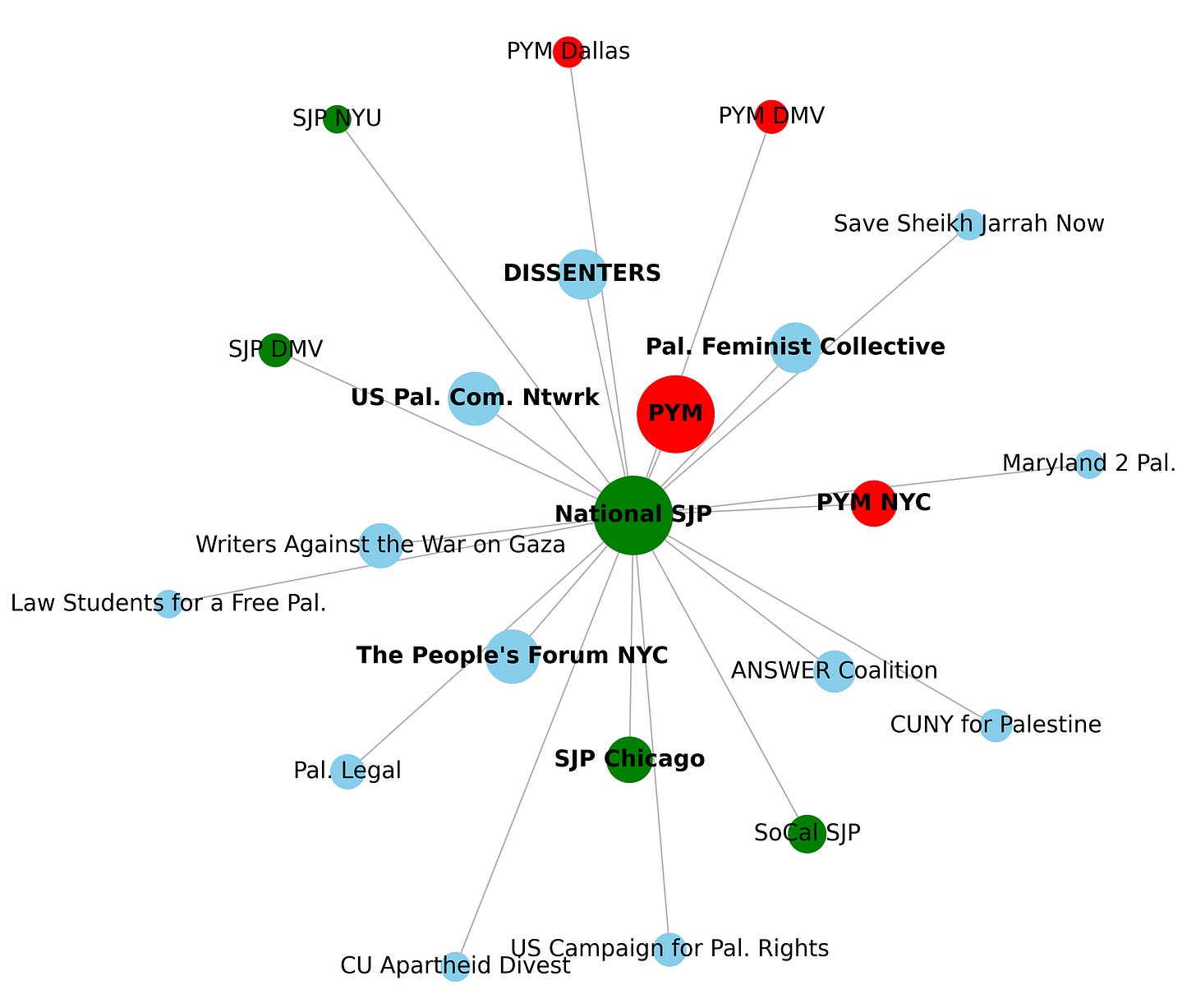
A data-driven report, recently published by the Institute for the Study of Contemporary Antisemitism (ISCA) at Indiana University Bloomington, provides a comprehensive analysis of the intersection between anti-Israel activism and rising antisemitic incidents at U.S. universities. The study, authored by Gunther Jikeli and Daniel Miehling, spans from 2015 to 2024 and reveals key correlations between campus activism, online mobilization, and an increase in antisemitic sentiments. The report also highlights how anti-Israel campus groups collaborate with ideologically radical organizations beyond campuses, including the Palestinian Youth Movement (PYM), the Dissenters, and The People’s Forum.
Anti-Israel Groups and Their Expanding Influence
The report found that anti-Israel groups on campuses are primarily student-run, but faculty groups and off-campus organizations also play a significant role in shaping the discourse. These groups are closely connected through digital platforms, particularly Instagram. Many of these organizations frame themselves as advocates for Palestinian rights, but their rhetoric often aligns with radical ideologies that promote antisemitism and glorify violence.

For example, the language used by these groups frequently mirrors the propaganda of designated terrorist organizations like Hamas, with “resistance” being used as a euphemism for terrorism and acts of violence against Israeli civilians framed as legitimate acts of liberation. The report emphasized that professors, graduate student unions, and anti-Zionist Jewish groups further lend academic legitimacy to these extreme views, reinforcing their presence and influence on campus.
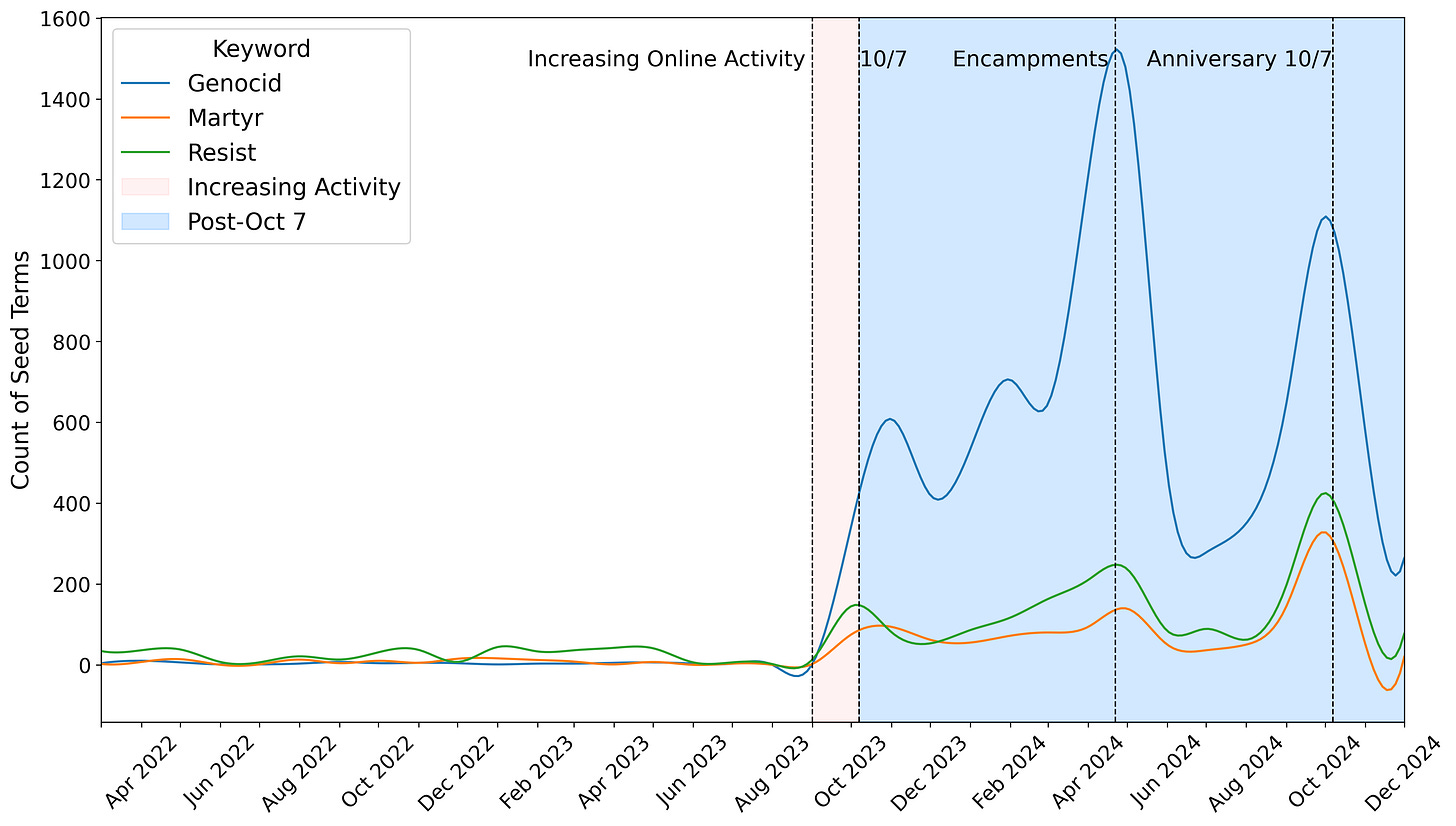
Surges in Antisemitic Incidents
The report found that antisemitic incidents tend to rise during the academic semester, with the highest monthly number of incidents occurring in April 2024, during campus encampments. This was followed by a significant spike in October 2023, directly after the October 7 Hamas attacks. Another notable peak occurred in May 2021 during the Gaza conflict. The presence of anti-Israel groups is strongly associated with an increase in antisemitic incidents, especially at universities already grappling with high levels of antisemitism.
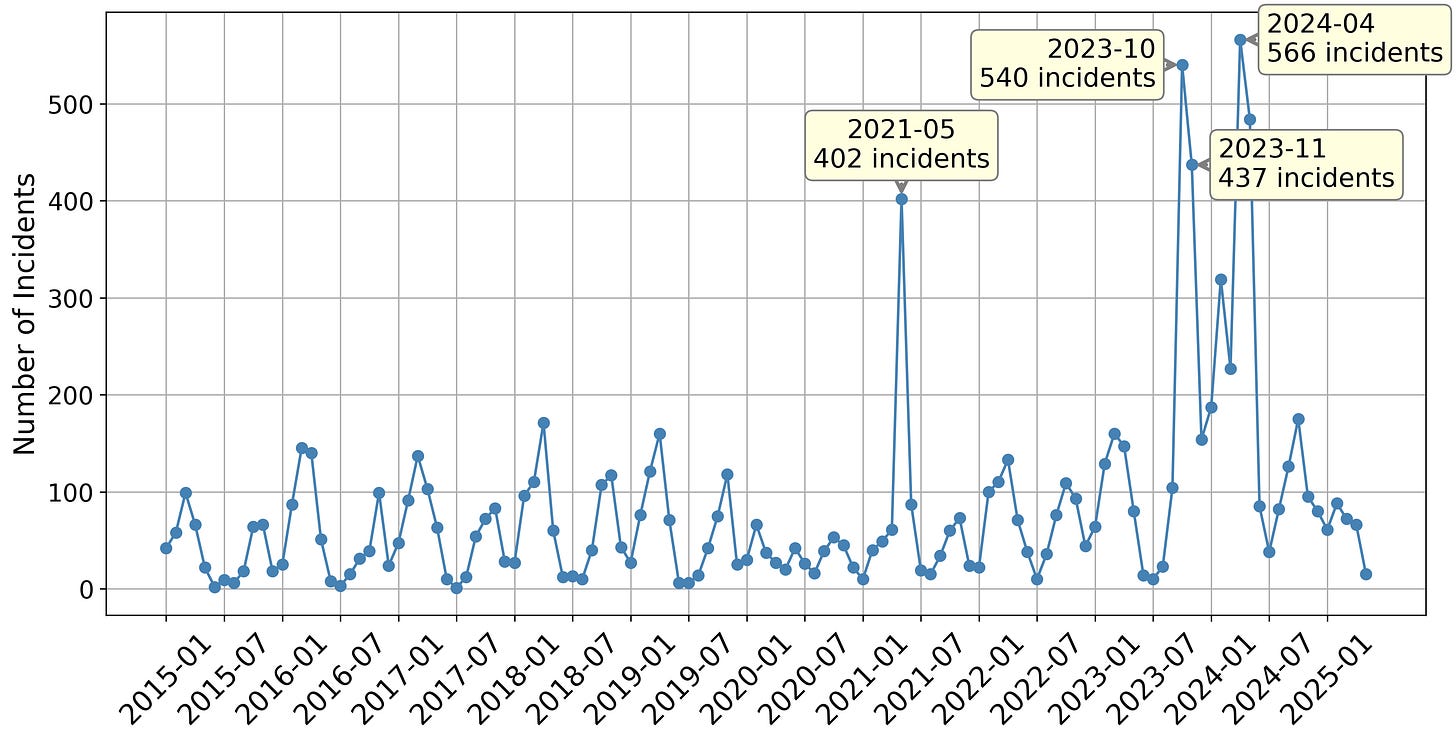
Instagram As a Primary Tool for Mobilization and Outreach
The report also found that Instagram has become the primary platform for anti-Israel campus groups, playing a crucial role in their outreach, mobilization, and coordination. Instagram’s “Collab” feature, which allows multiple accounts to co-author posts, has enabled anti-Israel groups to amplify their messaging. As the report highlights, 40% of the posts from anti-Israel campus groups are co-authored, amplifying their reach across different activist networks.
Key Collaborators in the Anti-Israel Campus Network
The report highlights the role of key organizations in the anti-Israel campus network. Students for Justice in Palestine (SJP) and its local chapters were found to be the most significant collaborators, with a large number of Instagram posts co-authored by them. The Palestinian Youth Movement (PYM), a non-campus-based group with reported ties to the U.S.-designated terrorist organization Popular Front for the Liberation of Palestine (PFLP), also plays a central role in spreading these messages.
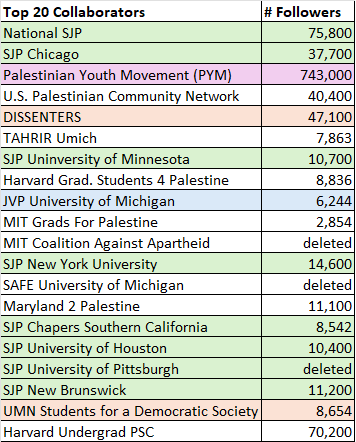
Influence of Off-Campus and Foreign Actors on Anti-Israel Campus Activism
The report highlights the significant role of off-campus groups and foreign actors in shaping anti-Israel activism on U.S. campuses. While direct collaboration between campus-based anti-Israel groups and off-campus organizations is evident through co-authored social media posts, influence can also be exerted by engaging in the comments section of these posts. Notably, some of this influence comes from foreign actors, including Iranian-linked accounts. These users, often identifiable by their Farsi language and Quranic references, have supported U.S. student groups advocating for anti-Israel activism, disseminating propaganda aligned with Iran’s political agenda. For example, in April 2024, an Iranian-linked Instagram user encouraged students at Indiana University to read a letter from Iran’s Supreme Leader Ayatollah Khamenei, urging them to align with the Iranian regime’s anti-Israel narrative.
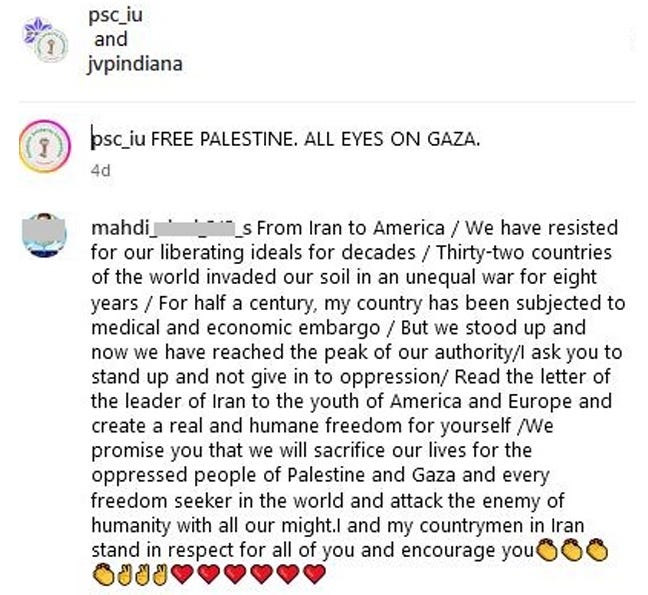
In addition to foreign influence, non-campus groups such as the Palestinian Youth Movement (PYM) has ties to radical leftist groups like Dissenters and The People’s Forum. These groups collaborate extensively with campus-based organizations such as National Students for Justice in Palestine (SJP).
A Coordinated Network of Anti-Israel Activism and Antisemitism
The report reveals that anti-Israel activism on U.S. campuses is part of a highly coordinated network, with National Students for Justice in Palestine (SJP) acting as a central hub. This activism is strongly linked to rising antisemitic incidents, with extremist rhetoric often mirroring that of Hamas and other terrorist groups. Off-campus groups like the Palestinian Youth Movement (PYM) and foreign actors, including Iranian-backed accounts, amplify these messages, spreading radical content across platforms like Instagram. The growing influence of these groups creates a climate where extreme views are normalized, stifling open discourse and replacing it with ideological conformity.



It’s interesting, because they think they will "in solidarity” raise up “Palestine” whereas in reality Palestinianism, that fascistic extreme-right suprematist ideology that is antithetically opposed to everything they believe in, will drag them to the lowest depths of Hell’s fires.
Please send that diagram to the FBI and have them, rounded up for deportation. Probably some of them are out in LA tearing up the place at the present time. So utterly and completly sick of these people. I’m an elderly old lady of 76. I grew up with basic, foundational values, founded on the Constitution and honestly I’m not seeing much of it anymore. Our nation is so fractured now.